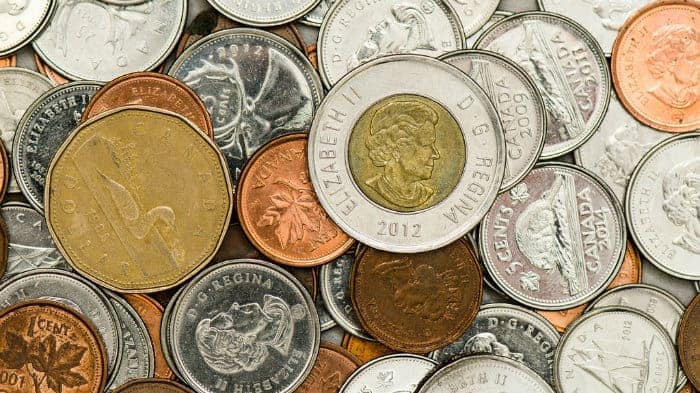Over the last 24 months the Canadian economy has experienced a slew of troubles.
In 2014 oil prices began their descent to under $30 a barrel. In 2015 prices for food items like fresh vegetables and fresh fruit rose over 13%, pressuring Canadian consumers. That same year the U.S. began raising key interest rates, putting a huge dent in the global value of the loonie.
Things didn’t seem to improve much this year. In 2016 it was revealed that the debt-to-disposable-income ratio for the average Canadian is 165%, near record highs. We’re also seeing signs that Canada’s red-hot housing market is peaking. According to Bank of Montreal (TSX:BMO)(NYSE:BMO), this will end poorly for consumers, lenders, and the economy as a whole. “Odds are that if this kind of price growth continues, it will end badly,” a bank analyst said in a research note.
Many experts don’t see things turning around very quickly. David McKay, the CEO of Royal Bank of Canada (TSX:RY)(NYSE:RY), believes it could take 15 years for Canada to “reinvent itself” after its manufacturing and service sectors began to shrink following the 2009 financial crash.
On October 1, however, we received some data that shows that the Canadian economy may not be faltering after all. In fact, it might be surging.
This summer wasn’t as bad as estimated
Economic data usually comes out a month or two after the actual measurement period. So, investors are just now getting some idea of how bad this summer was for the Canadian economy.
It turns out it wasn’t bad at all.
Statistics Canada reported that inflation-adjusted GDP rose 0.5% in July. June saw a similar gain of 0.6%. This marks the strongest consecutive monthly run for GDP growth in nearly five years.
No doubt the recovery was fueled by the resurgence of oil prices, but encouragingly, 18 of the 21 Canadian sectors showed positive growth.
According to The Globe & Mail, “Economists said the strength in June and July reaffirms their expectation that the Canadian economy probably grew at a pace of more than 3%, annualized, in the third quarter.” That represents a major turning point from the second-quarter’s 1.6% contraction.
Don’t celebrate yet … major headwinds still remain
“The 1.3% growth pace indicates that the worst is indeed behind us for the Canadian economy, but that there’s only a small margin to cushion us against the chance of another slowdown,” says Canadian Imperial Bank of Commerce (TSX:CM)(NYSE:CM) analyst Nick Exarhos.
“Although it was an easy call to forecast a drop in second quarter and a rebound in activity in the third, given what happened in the oil sands through the summer, the fourth-quarter outlook and beyond remains more challenging,” he added.
His analysis is spot on.
For example, the Canadian Real Estate Association recently trimmed its forecast for Canadian housing prices in 2017, projecting a 0.6% decline in national home sales and a 0.2% drop in prices. In June it had forecast sales to rise 0.2% and for prices to rise 0.1%.
This reversal could be catastrophic given that Canadian consumers are already incredibly stretched. Estimates show that up to one million Canadian borrowers may not be able to absorb the increase in their monthly payments if interest rates rise by just one full percentage point.
The worst may be behind us, but Canada will surely face some bumps and bruises ahead.







